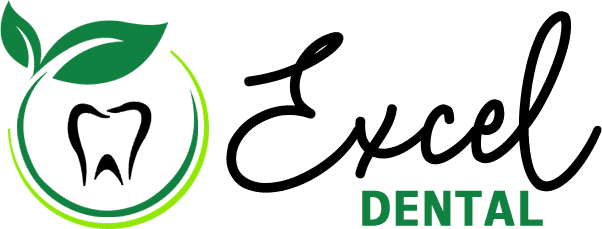Are you self-conscious about your smile? Do you find yourself hiding it in photos or avoiding social situations altogether? If so, you’re not alone. Many people struggle with dental issues that make them feel embarrassed and uncomfortable. Thankfully, modern dentistry has come a long way in finding solutions to these problems. Two of the most popular options are crowns and bridges.
In this blog, we’ll explain what they are, what they do, and how they can benefit you. Get ready to smile confidently again!
Crowns and Bridges: Terms You Should Know
When it comes to dental procedures, it’s easy to get lost in the jargon. Crowns and bridges are no exception. Here are a few key terms you should know before discussing these treatments with your dentist.
First up is the “crown.” A crown is a tooth-shaped cap that fits over an existing damaged or decayed tooth, restoring its shape and function while also protecting it from further damage. They can be made of various materials such as porcelain or metal alloys.
Next on the list is “bridge.” A bridge consists of two crowns placed on either end of a gap left by missing teeth, with artificial teeth (pontics) in between them to fill the space. Bridges can help maintain facial structure, prevent remaining teeth from shifting out of place, and improve chewing ability.
Both crowns and bridges require some initial preparation work on the affected teeth before they can be fitted properly. This usually involves filing down some enamel so that there’s enough room for the crown or bridge to fit comfortably.
Understanding these basic terms will help you better navigate conversations about potential dental treatments with your provider.
Crowns and Bridges: What They Are and What They Do
Crowns and bridges are common dental procedures that can help restore the function of your teeth, improve your smile, and boost your confidence.
A crown is a tooth-shaped cap that covers a damaged or decayed tooth to protect it from further damage while restoring its strength and shape. It is typically made of porcelain or ceramic material that matches the color of your natural teeth for a more subtle look.
On the other hand, a bridge is used to replace one or more missing teeth by anchoring them onto neighboring healthy teeth using crowns. This creates a permanent solution for gaps in between teeth without resorting to removable dentures.
Both crowns and bridges are custom-made based on an impression taken by the dentist to ensure optimal fit and comfort. They also require proper oral hygiene care such as brushing twice daily, flossing regularly, and visiting your dentist for routine check-ups to maintain their longevity.
Getting crowns and bridges can greatly benefit those who suffer from damaged or missing teeth by improving both their oral health and appearance.
Crowns and Bridges: Benefits of Having One or More
Crowns and bridges offer various benefits to individuals who have damaged or missing teeth. Firstly, they improve the appearance of your smile by covering discolored, misshapen, or broken teeth with a natural-looking restoration. This can help boost your confidence and self-esteem.
Additionally, crowns and bridges enhance the functionality of your mouth by restoring normal biting and chewing abilities that may be hindered due to tooth loss or damage. They also prevent other teeth from shifting out of place which could lead to further dental problems in the future.
Moreover, these restorative dental treatments are long-lasting and durable with proper care making them a cost-effective solution for those needing multiple restorations over time. Crowns and bridges also require minimal maintenance as they only need regular brushing, flossing, and professional cleaning like any other natural tooth.
Crowns and bridges provide numerous health benefits such as reducing the risk of gum disease by filling gaps caused by missing teeth that trap bacteria leading to infection. If you want an improved smile while avoiding future dental issues then consider getting crowns or bridges fitted today!
The Bottom Line
To conclude, crowns and bridges are essential dental solutions that can help restore your smile’s functionality and aesthetics. Not only can they replace missing teeth or strengthen damaged ones, but they also promote better oral hygiene and overall health.
If you’re looking to improve the appearance of your smile or have any dental concerns, it’s best to consult with a trusted dentist who can provide personalized treatment options that suit your needs. With regular check-ups and proper care, you’ll be able to maintain a healthy set of teeth for years to come and continue smiling confidently!
FAQs
1. Can you have a dental bridge with a crown?
Dental crowns are used to support conventional bridges. The bridge is supported in place by a crown at each end and is made up of one or more replacement teeth. To secure the bridge, crowns are bonded over the teeth at either end of the space where the lost teeth originally stood.
2. Can you eat with a dental bridge?
Patients who have undergone a dental bridge procedure should be instructed on the best methods to maintain the bridge in order to increase its longevity. A properly positioned dental bridge enables patients to consume and chew normally, without causing significant changes.
3. Can you sleep with a bridge in?
A dental bridge comprises of a false tooth anchored by dental crowns to your adjacent teeth. Because the tooth’s placement is permanent, you can care for it as you would your natural teeth in terms of sleeping and oral hygiene.


